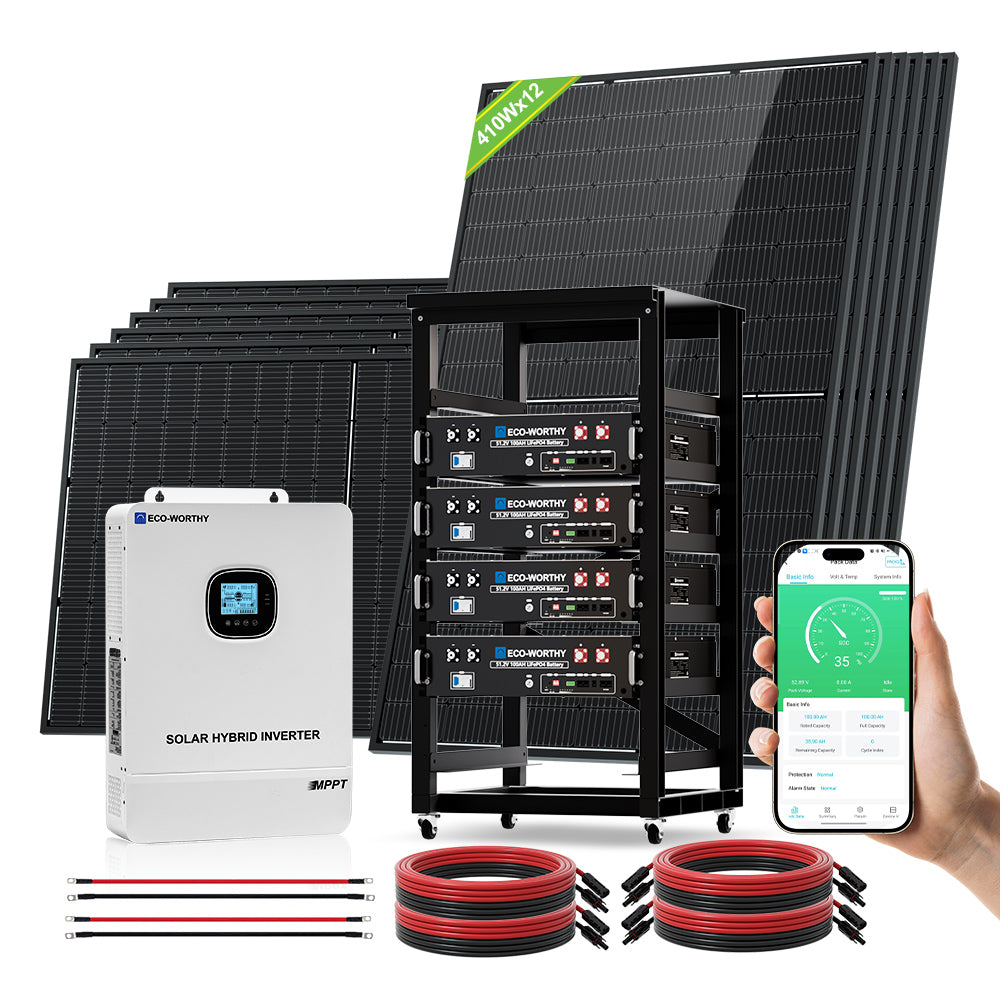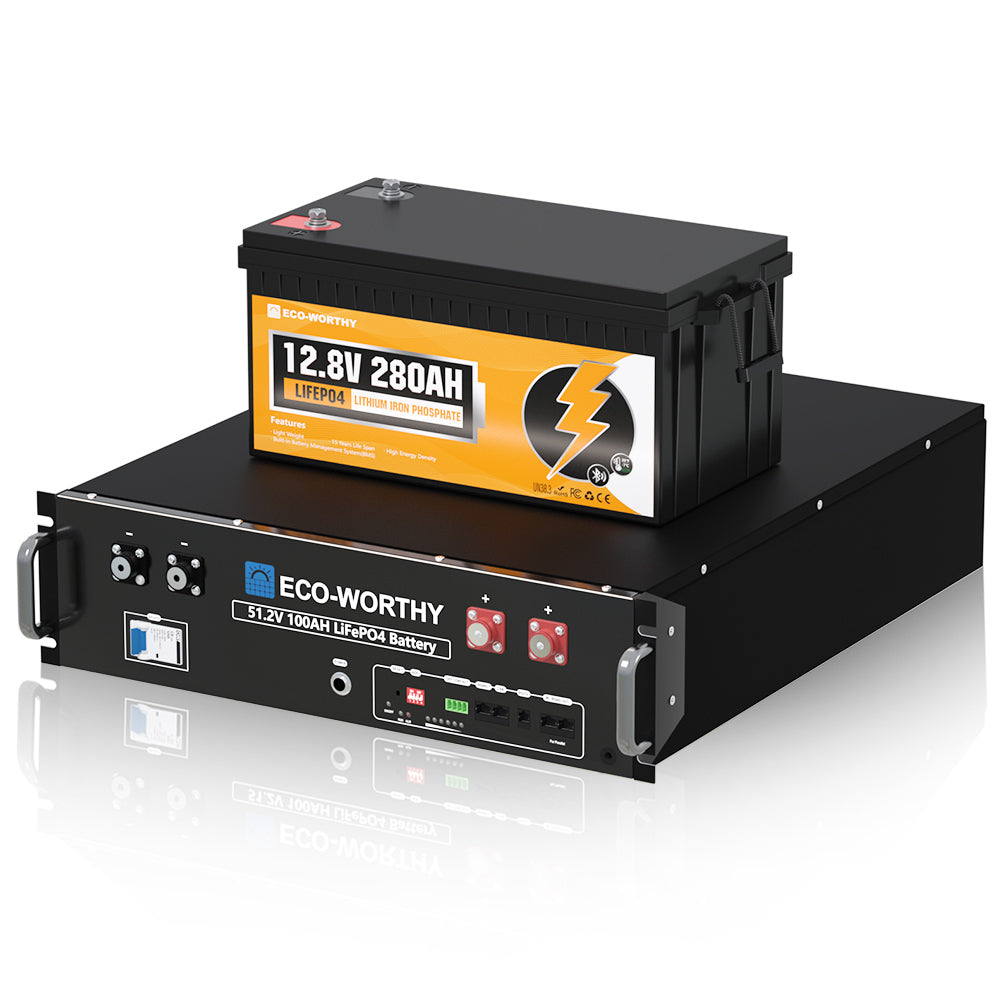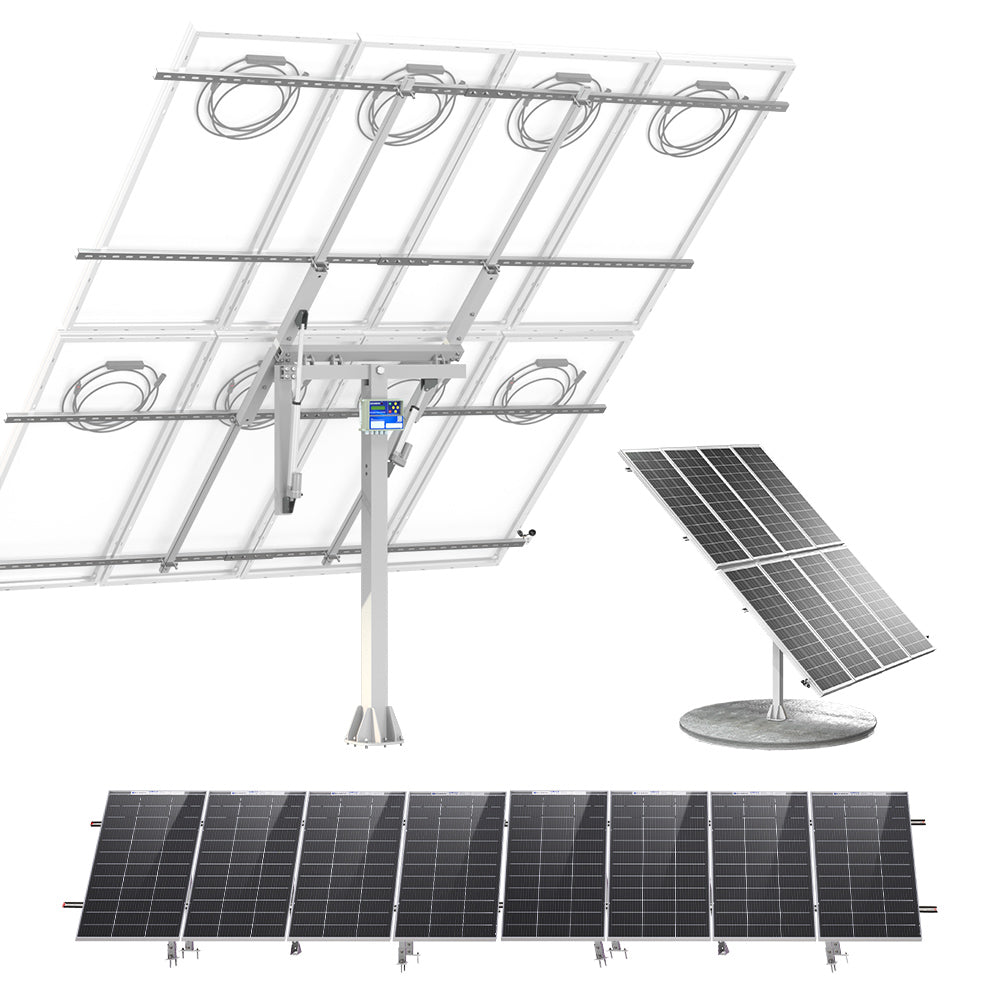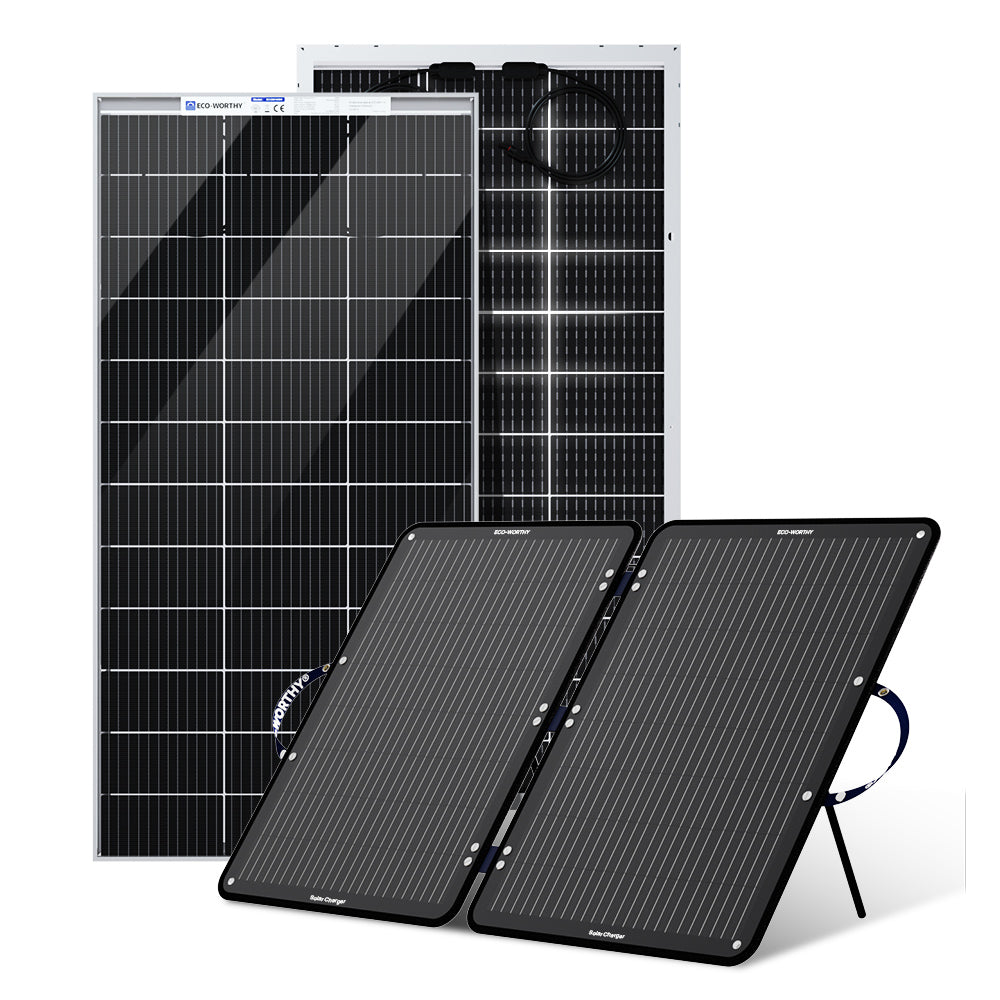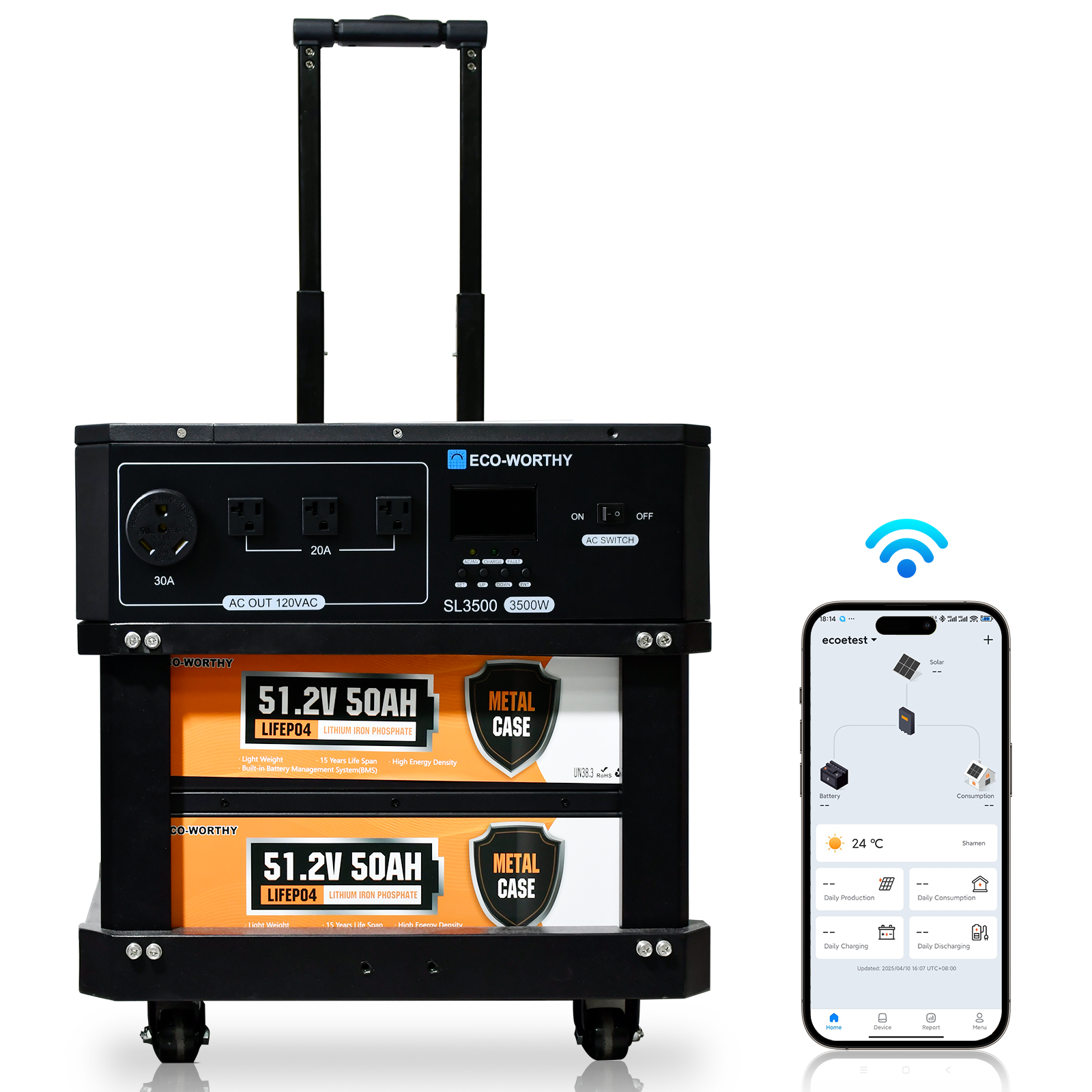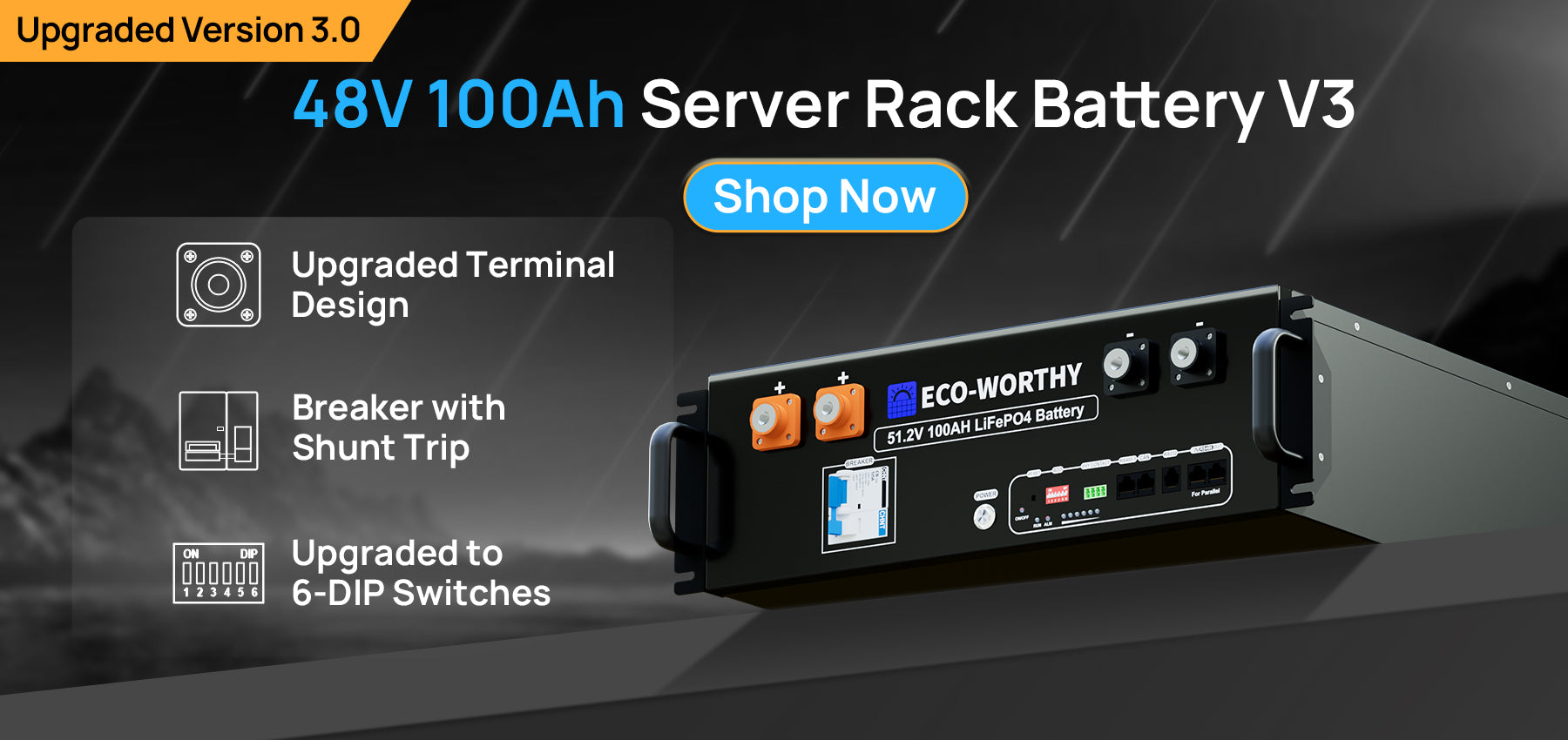What is IRA battery storage tax credit and how to get it?
Starting January 2023, households can receive an uncapped 30% tax credit for a battery storage installation, even if it's not paired with a solar system. Here we talked about what requirement and how to apply for this tax credit.
Do Batteries Qualify for the Solar Tax Credit?
Yes.
On Aug. 16, 2022, the IRA adds Section 48(a)(3)(A)(ix) to create an ITC for standalone energy storage technology with a minimum capacity of 3 kWh. Energy storage technology includes batteries, but it also applies more broadly to any energy storage technology that receives, stores and delivers energy for conversion to electricity, or to most technology that thermally stores energy (excluding swimming pools, combined heat and power systems, and building structural components). Energy storage installations that are placed in service after Dec. 31, 2022, and begin construction prior to Jan. 1, 2025, are entitled to the existing ITC under Section 48(a). Energy storage installations that begin construction after Dec. 31, 2024, will be entitled to credits under the technology-neutral ITC under new Section 48E (discussed below).
And it specifically addresses the Residential Clean Energy Credit for “qualified battery storage technology expenditure”
How much can I get from the battery storage tax credit?
The signing of the Inflation Reduction Act put into immediate effect the 30% Residential Clean Energy Credit, which applies to the cost of solar equipment and labor including battery storage.
What if I don't have solar power system, can I apply for this battery tax credit?
Yes.
Beginning on January 1, 2023, standalone battery storage (batteries that aren't connected to solar panels) will also qualify for the 30% Residential Clean Energy Credit.
So if you only purchase some batteries for energy backup, don't worry, you also can have opportunity for this apply if meet the requirements that we're going through below.
Does All Battery Storage Qualify for the Federal Tax Credit?
IRA amended the schedule for the previous tax credit so it would remain at 30% for solar and battery equipment “placed in service” after December 31, 2021 and before January 1, 2033.
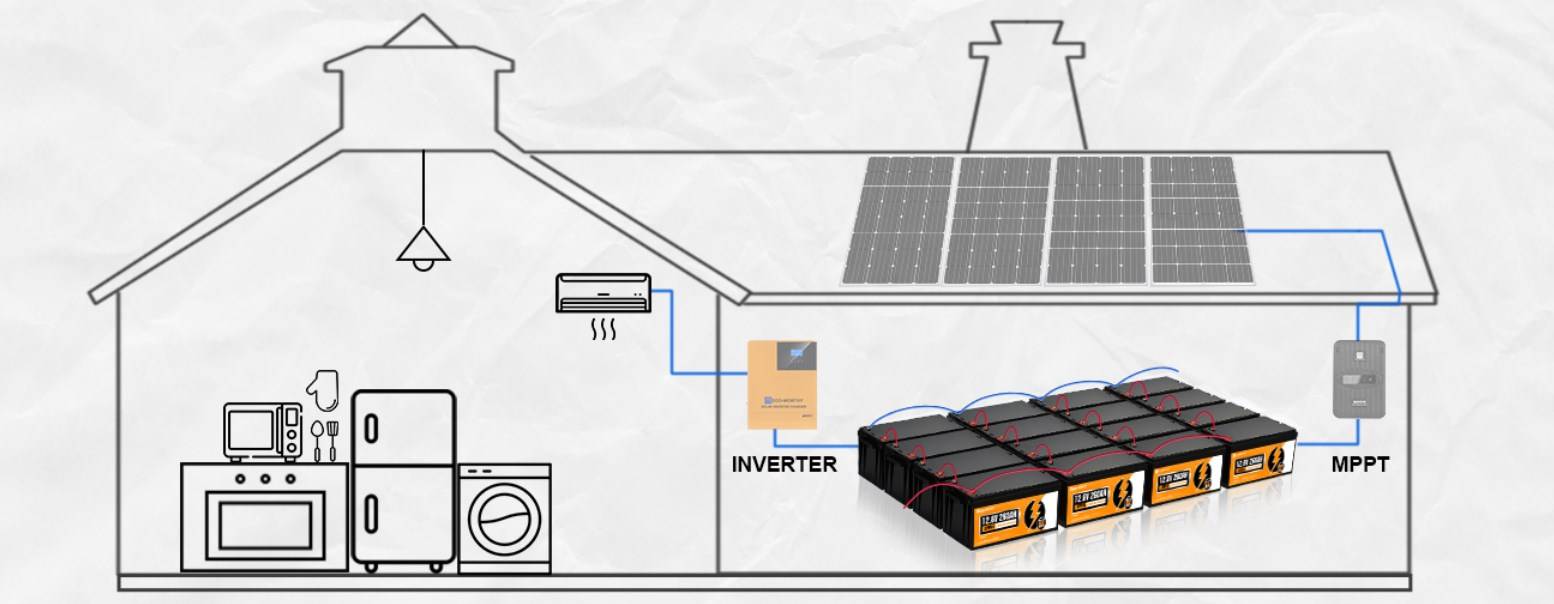
To qualify for the 30% tax credit, battery storage must be:
-Installed in connection with a dwelling unit located in the United States and used as a residence by the taxpayer
-(Have) a capacity of not less than 3 kilowatt hours.
And notice that there are no maximum size, price, brand, manufacture or tax credit qualifications.
So no matter your battery are made by US or other country, you can enjoy a 30% tax credit on as large of a battery system as you’d like.
How to apply for this credit?
This Residential Clean Energy Credit is a nonrefundable credit that can be used to lower your federal tax liability.
So it means the tax credit is not a check that comes in the mail. Actually, it’s a credit that can be used to reduce your federal tax liability beginning in the same tax year that your battery was installed and deemed operational by a government inspector.
A few example scenarios:
Scenario 1: Your Tax Liability Exceeds Your Tax Credit
Let’s say you spent $50,000 on a solar and battery installation in 2022. You would be eligible for a $15,000 tax credit. Then when tax season rolls around you have $17,000 in tax liability. The full $15,000 credit can be applied at once to reduce that liability to $2,000.
Scenario 2: Your Tax Credit Exceeds Your Tax Liability
Let’s say you bought the same system as above and received the same tax credit for $15,000. However, in this scenario you only have $8,000 tax liability. You can use your Residential Clean Energy Credit to bring down the $8,000 tax liability, and then you can carry over the remaining $7,000 to the next tax year.
Summary
A vast majority of batteries installed between 2022 and 2032 will qualify for the solar tax credit expanded by the Inflation Reduction Act. The only qualifications specified by the Inflation Reduction Act are that the battery must be installed in a taxpayer's residence in the US, and the capacity of the battery storage must exceed 3 kWh.
The 30% tax credit can be used to reduce your tax liability and can be carried forward if it's not all used at once.
Even though it's available for the next 10 years, but the tax credit rate will step down, the 30% Section 25D credit lasts until Dec. 31, 2032, and then drops to 26% in 2033, and 22% in 2034. The credit is unavailable in 2035 and thereafter.
Sources: Solar.com

